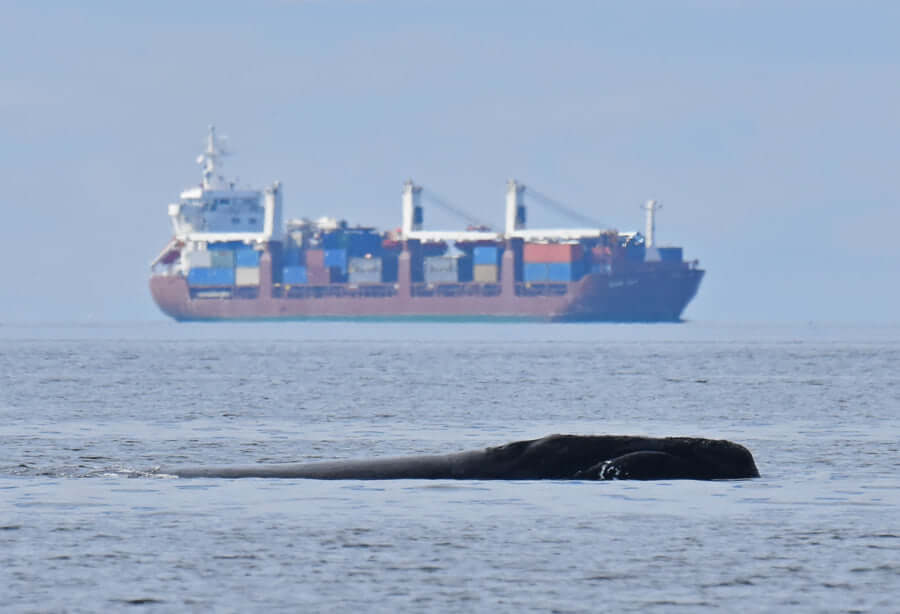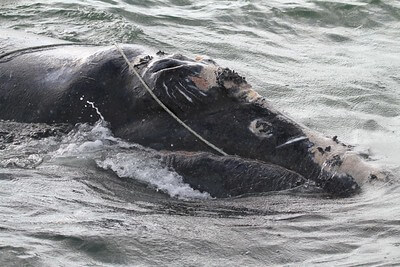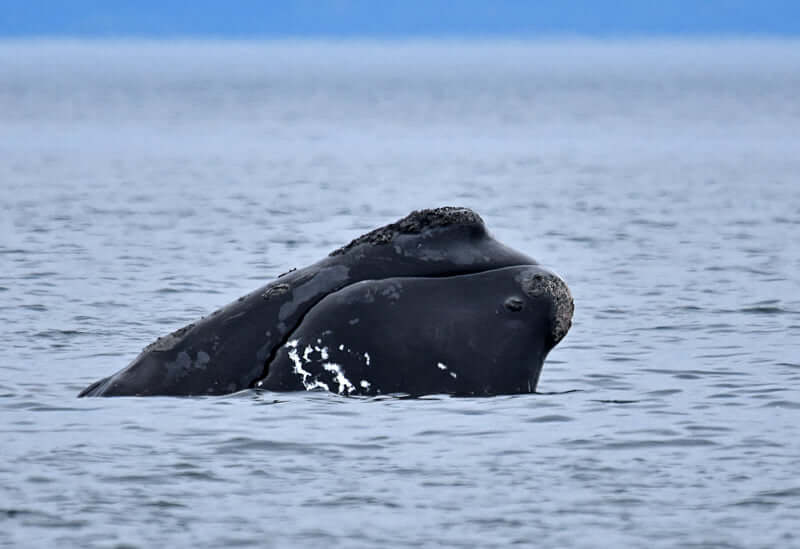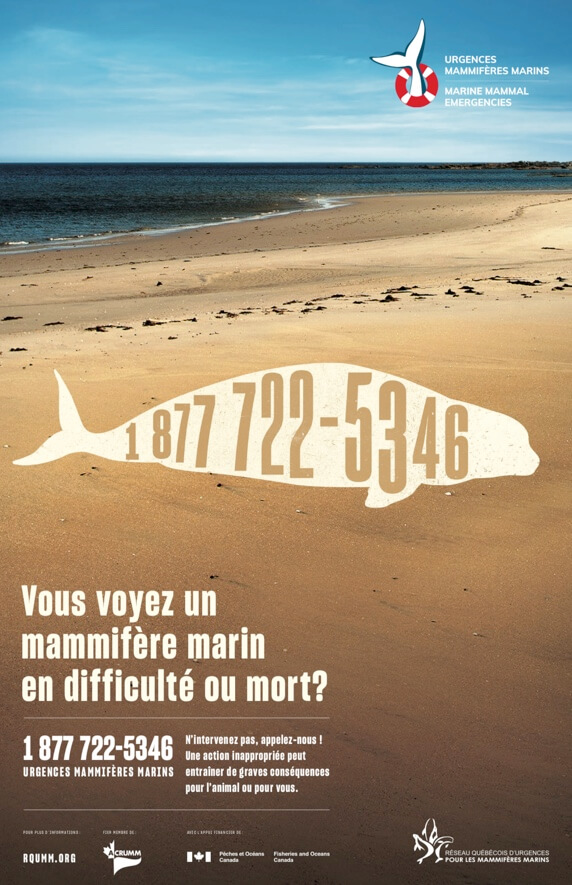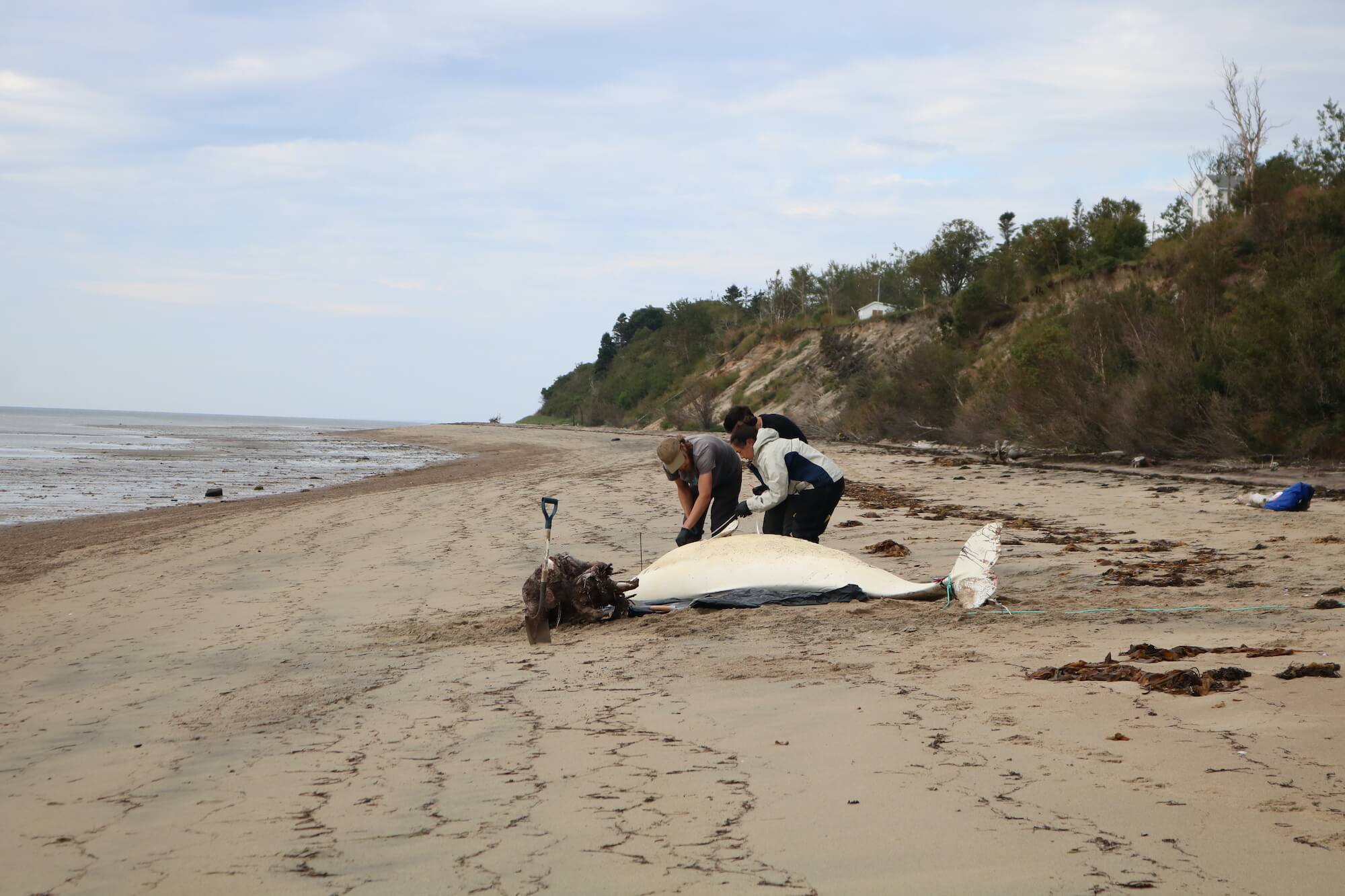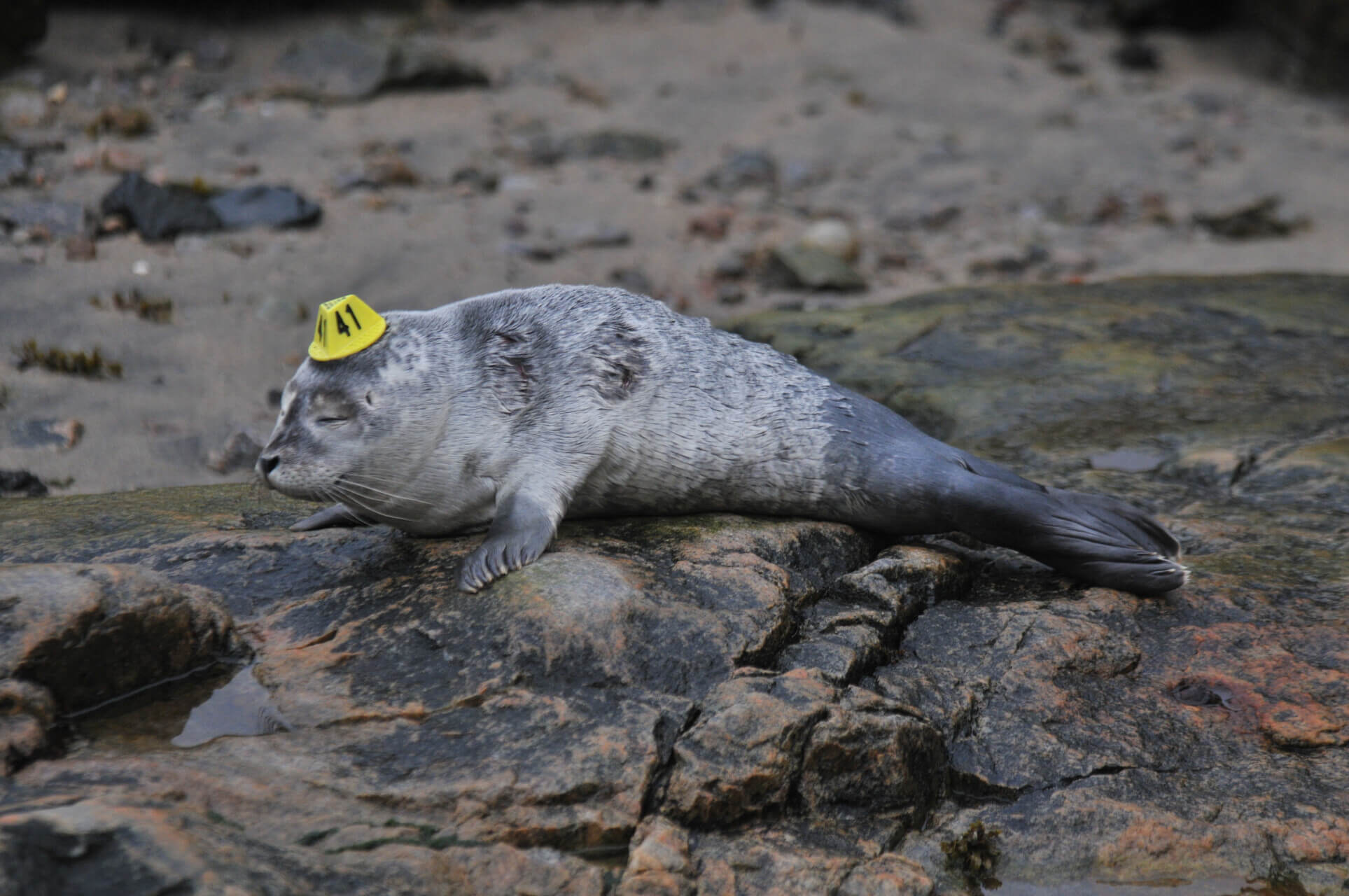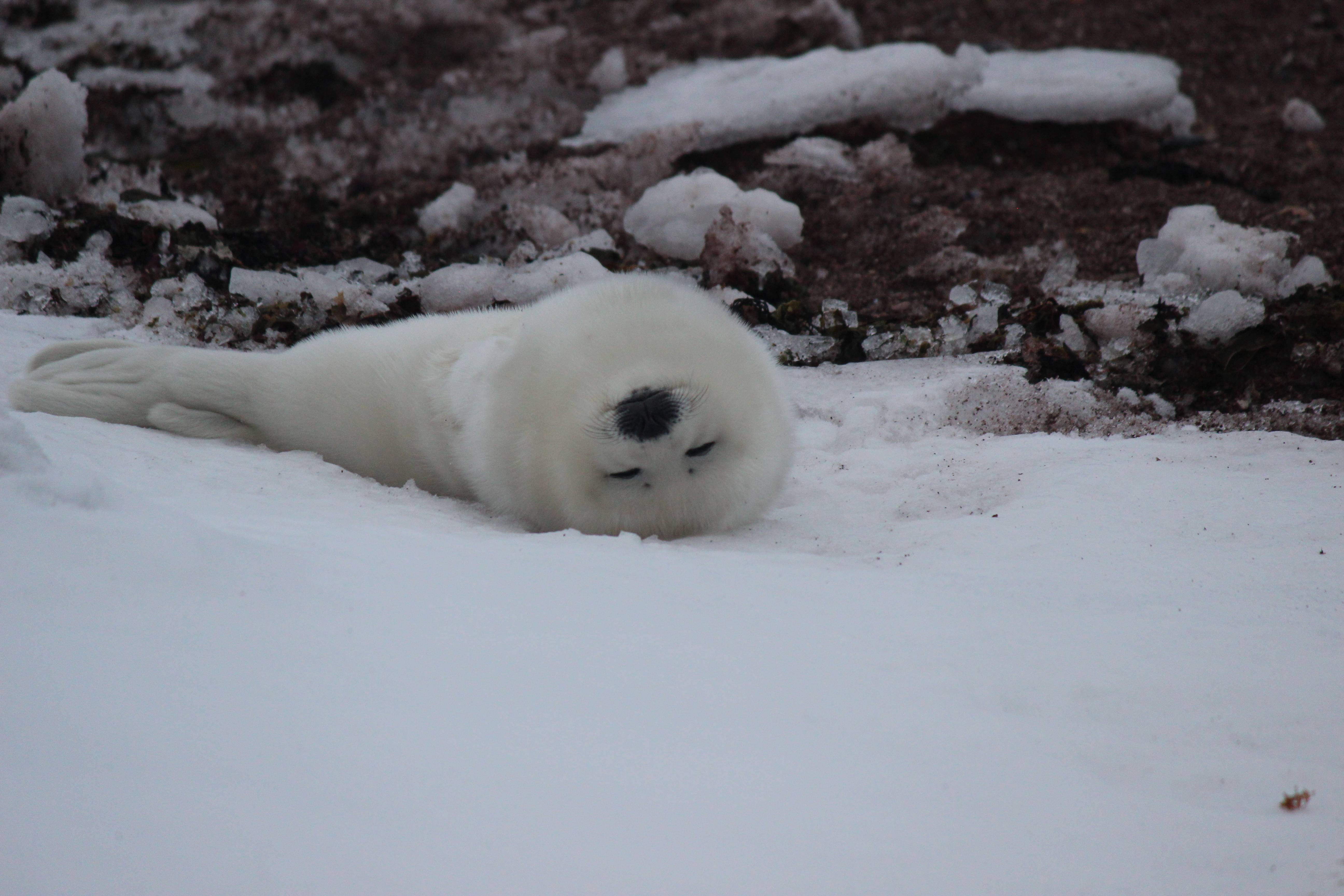Among its many missions, the Quebec Marine Mammal Emergency Response Network (QMMERN) manages cases of marine mammals known as “vagrants”, i.e. a whale or seal observed outside its normal range. These reports can lead to conservation and prevention measures, even if the animal is in perfect health.
Thus, when a species as vulnerable and precious as a North Atlantic right whale was reported in the St. Lawrence Estuary in late September – an area it very rarely frequents – the Network shifted into high gear. The objective: to do everything possible to ensure that this astonishing visitor had the safest possible stay.
Information to trigger action
The Network plays an important role in disseminating information. While it has no direct authority over fishing or shipping/boating, it does liaise with various stakeholders who are in a position to take the necessary preventive actions.
For example, as soon as the presence of a North Atlantic right whale was confirmed near the Saguenay-St. Lawrence Marine Park, the Network was able to contact Fisheries and Oceans Canada, which then announced the closure of nearby fishing grounds. While most fishing activities in the area had already come to an end, fisheries that use gear that presents a potential risk of entanglement, e.g. turbot or whelk fishing, were temporarily suspended.
As for navigation, a notice to merchant shipping was issued. Although a voluntary 10-knot slowdown zone is already in place in the area the whale was observed, Parks Canada expanded the zone and reminded captains of the measure. A notice was also sent out to captains of whale-watching cruises to alert them to the presence of this animal and the importance of reducing their speed in its presence.
These various dynamic protection measures are part of a federal protection plan implemented a few years ago in the St. Lawrence to safeguard the North Atlantic right whale, an endangered species particularly sensitive to collisions and entanglements. These measures are regularly implemented in the Gulf, but were triggered for the first time ever in the Estuary.
A collective effort
Locally, the Network also relies on a number of communication channels to raise awareness of the species’ vulnerability and applicable rules, such as a mandatory minimum observation distance of 400 m.
Once they were notified and made aware of the situation, captains of the St. Lawrence showed great respect for speed and vigilance instructions, in addition to reporting every right whale observation they made.
Lifting of temporary measures
How long should these restrictions be left in place? This is where regular reporting plays a vital role! The North Atlantic right whale Wolf was observed for 11 consecutive days between Tadoussac and Les Escoumins before disappearing, probably having headed back to the Gulf.
Thanks to daily observations from cruise passengers (from a distance of course!), photos, and aerial overflights conducted by Fisheries and Oceans Canada, QMMERN was able to regularly update its alerts and guidelines. Only after several days without any reports, when it seemed reasonable to believe that the whale had left the area, could the temporary restrictions be finally lifted.
What’s the concern with vagrant animals?
Outside its usual range or habitat, an animal sometimes faces a different set of risks. The individual itself is less familiar with the sector and the inherent risks (shipping lanes, risk of stranding at low tide, etc.); and regular users of the area are unfamiliar with the behaviour of the species, which can lead to accidents.
When it comes to a healthy animal or a species that is not deemed at risk, a simple dissemination of information and a call for vigilance may suffice. Of course, when it comes to a vulnerable animal or a species at risk, special measures must be taken.
There are currently only around 400 North Atlantic right whales left, making them one of the most endangered cetaceans in the world.
How can I help?
Report any sighting of a rare or unusual species in the area as quickly as possible to the Quebec Marine Mammal Emergency Response Network (QMMERN) by dialling 1-877-722-5346.
Remember to document your report as much as possible with photos and videos. These images will play a critical role in validating the identification of the species. They will also serve to document the animal’s state of health. Is it just exploring an unfamiliar area, or is it in distress? Depending on the case, QMMERN’s action plan may vary.


